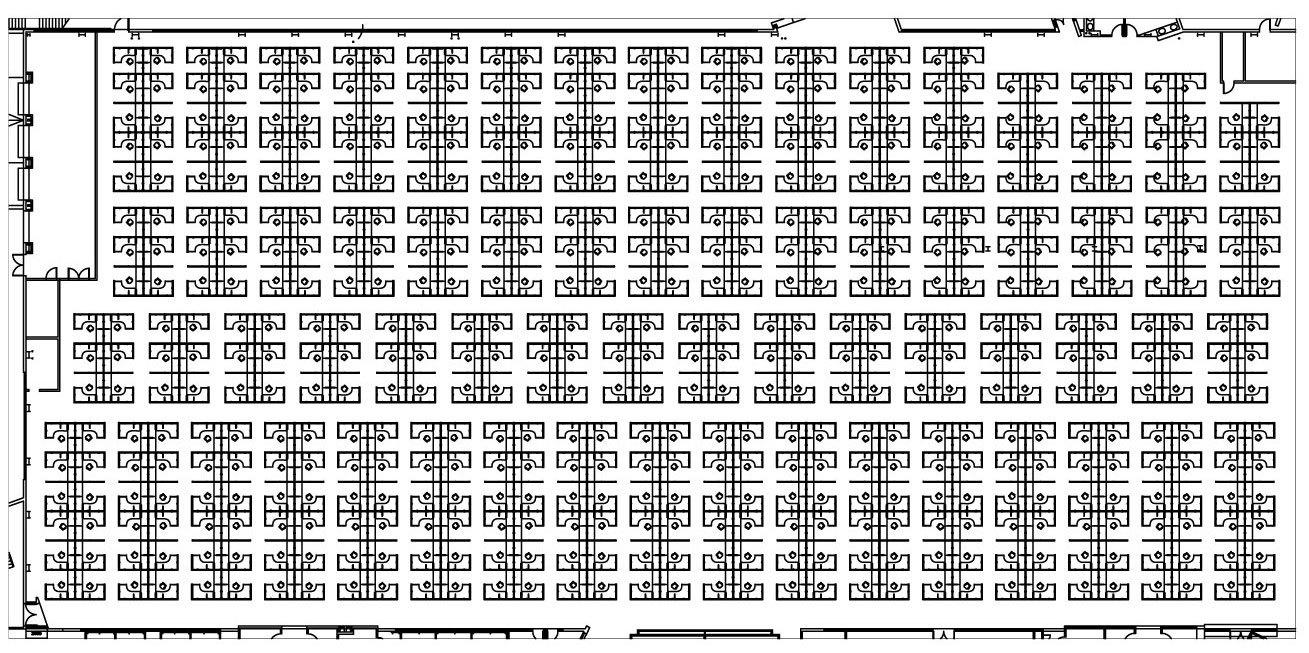The first innovation which created the modern office furniture industry was open plan office in the 1960s. Viewing an office as a system of standard components is reflective of the industrial era, as organizations scaled to meet the needs of an emerging modern economy. This revolution in how offices were designed and furnished gained significant traction in the 1970s and 80s, resulting in the contract office furniture industry we know today.
Open offices challenged traditional notions of privacy from the start. Panels replaced walls; cubicles replaced rooms. While corporate managers could realize efficiencies in facility planning, office inhabitants weren’t always so sure. Managers, who felt they earned private offices, moved into a sea of cubes. These changes were justified in financial but also egalitarian terms. Open plans were viewed as being fairer and implying less hierarchy. Still, furniture makers explored increasingly nuanced product features including acoustical and visual privacy to make up for a less holistic definition of privacy. A kind of armchair behavioral science for the office emerged to address user perceptions about space.

The argument for open plan offices today is that worker proximity leads to better teamwork, productivity, and collaboration, and that casual interactions can benefit company culture. This idea is both celebrated and refuted by business leaders and thinkers. While most corporate environments have made a wholesale shift to open plans, private offices remain, and the number of conference rooms has increased. The contemporary industry mindset is that knowledge workers should be able to select their level of privacy. Empowered by mobile technologies, people are encouraged to move from open spaces to closed ones based on their type of work and preferences.
The financial drivers are clear. The high cost of real estate in urban centers will continue to drive for greater occupancy in smaller spaces. Optimal space utilization is a key goal for all furniture buyers. Panels have all but vanished in favor of simpler desk-based solutions, and new arguments about the necessity of worker focus have made privacy an ever more critical issue.
Office privacy — how it’s defined, viewed, and assessed — is among the chief industry issues, and continues today. Innovations in open plan products office design are part of the answer. But, it’s not easy. Employment hierarchy, worker productivity, and company culture are not solved solely through furniture. Designing for people is a challenge. You can ask someone what they want, but they can’t tell you what they need.
